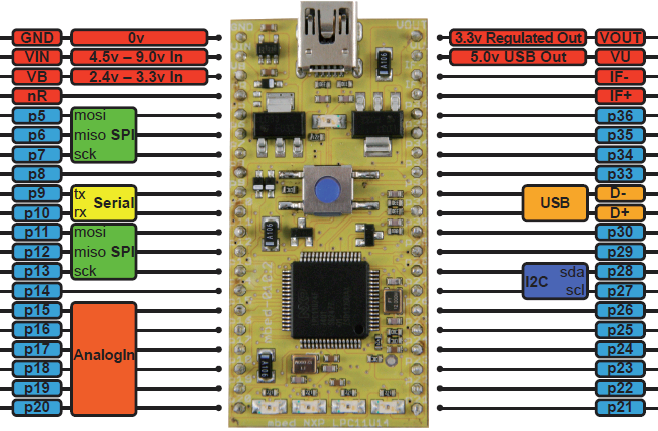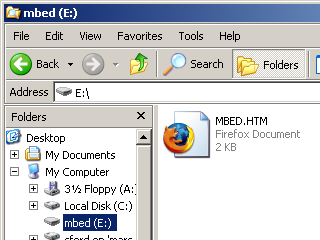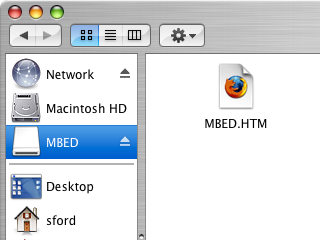NXP-LPC800-MAX
Getting started
- Getting Started
- Downloading a Program
- Creating a Program
- Communicating with your mbed
Rapid Prototyping for general microcontroller applications, for 32-bit ARM® Cortex™-M0+ based designs

Overview
The MBED Microcontrollers are a series of microcontroller development boards designed for rapid prototyping.
- Find out more about all mbed Microcontrollers
The NXP LPC800-MAX Microcontroller in particular is designed for prototyping low battery powered applications and 32-bit ARM® Cortex™-M0+ based designs. The LPC800-MAX is packaged in an Arduino compatible form factor for prototyping a wide number of Arduino Shields, and also supported the mbed and LPCXpress footprints, for developing with PCBs, stripboard and breadboard.

It is based on the NXP LPC812, with a 32-bit ARM Cortex-M0+ core running at 48MHz. It includes 32KB FLASH, 4KB RAM and lots of interfaces including UART, SPI, I2C, analog comparator and other I/O interfaces. The LPC812 implements a full IO crossbar, meaning any function can be mapped to any pin.
The mbed Microcontrollers provide experienced embedded developers a powerful and productive platform for building proof-of-concepts. For developers new to 32-bit microcontrollers, mbed provides an accessible prototyping solution to get projects built with the backing of libraries, resources and support shared in the mbed community.
Features
- NXP LPC812 MCU
- Low power ARM® Cortex™-M0+ Core
- 48MHz, 4KB RAM, 32KB FLASH
- 3xUART, 2xSPI, I2C , UART, 6xADC, GPIO
- LPC800-MAX includes onboard I2C A/D and D/A
- Prototyping form-factor
- Arduino form factor (r3)
- 54-pin 0.1" pitch DIP package, including mbed and LPCXpresso footprints
- 5V USB, 4.5-9V supply
- Built-in USB drag 'n' drop FLASH programmer
- mbed.org Developer Website
- Lightweight Online Compiler
- High level C/C++ SDK
- Component databased of software libraries
- Cookbook of published libraries and projects
Getting Started with mbed
1. Connect your mbed to a PC
Use the USB lead to connect your mbed to a PC. The status light will come on, indicating it has power. After a few seconds of activity, the PC will recognise the mbed Microcontroller as a standard USB drive.
 |  |
| Windows XP example | Mac OS X example |
2. Click the MBED.HTM link to get logged in
Go to the new USB Drive, and click MBED.HTM to open it in a web browser.
If you do not have an mbed account, choose "Signup", and create your mbed Account. Otherwise, log in with your normal username and password.
This will give you access to the website, tools, libraries and documentation.
3. Have Fun!
Where next
A good starting point is to download a pre-compiled program, so that you get used to downloading and running programs before you start compiling your own.
See also
Please log in to post comments.
